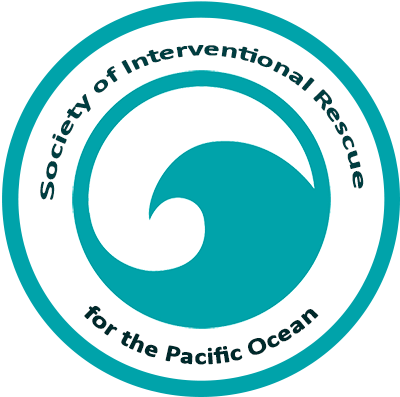Tsunamis and Hurricanes in the Pacific Ocean
Category : Uncategorized
Tsunamis
Almost eighty percent of the world’s tsunamis occur in the Pacific Ocean. This is because of the Ring of Fire, an area which starts in New Zealand and runs Indonesia, Papau New Guinea, Indonesia, the coastline of Asia, and extends along the North American coastline. The name tsunami originated from Japan, the country which has the most tsunamis on average every year.
How do tsunamis form? The most common reason that tsunamis form is because of earthquakes. Once a sudden movement of a plate tectonic happens, it displaces a lot of ocean. The power of the waves created by that movement becomes a tsunami. Tsunamis can also be caused by underwater landslides, volcanoes or perhaps a meteor hitting the ocean, a very rare situation.
Nowadays, scientists can predict the time and location in which a tsunami may occur after an earthquake. The Pacific Tsunami Warning System’s headquarters are in Hawaii and can help warn people before a tsunami strikes
Hurricanes
Hurricanes form only when certain weather and climate conditions are occurring all at once. For a hurricane to form, the ocean water must be eighty degrees Fahrenheit or warmer and the air over the ocean must get colder the higher it is above the water. The wind has to blow the same way, blowing air up from the surface of the water. This causes clouds to form and the humidity in the atmosphere mixed with wind forms a hurricane.
When do they happen in the Pacific Ocean? It depends on the region. The eastern area of the Pacific Ocean is more likely to have a hurricane from May to November. The western part tends to host a hurricane from July to November. The Southern part is more likely to have one from October to May.
Did you know that hurricanes cannot form at the equator? The water, temperatures and winds are perfect for forming a hurricane but hurricanes also need something else to form: the Coriolis Force. That is the force that resides around a spinning object. That specific force is weaker around the equator, making it too hard for them to form.
As much as we would hate to get hit strait on by a hurricane, they actually have a beneficial effect on the planet, despite the destruction they are capable of. Hurricanes transport hot air from the tropics and relocate it to the colder areas of the world. This helps regulate and balance the temperature, as well as moisture around the world. If our planet did not create hurricanes, a lot of areas on the earth would grow too hot for life to survive in that region.

 life-sustaining beautiful force, has been filled with three and one half million tons of trash. But our brains cannot even comprehend how much that really is so let’s put it into perspective. The world’s landfill area is the size of Europe, which resides in the whirling currents of the Pacific Ocean. It’s hard to even comprehend the enormous amount of trash and pollution which is congested in one of the most important aspects of our earth.
life-sustaining beautiful force, has been filled with three and one half million tons of trash. But our brains cannot even comprehend how much that really is so let’s put it into perspective. The world’s landfill area is the size of Europe, which resides in the whirling currents of the Pacific Ocean. It’s hard to even comprehend the enormous amount of trash and pollution which is congested in one of the most important aspects of our earth.